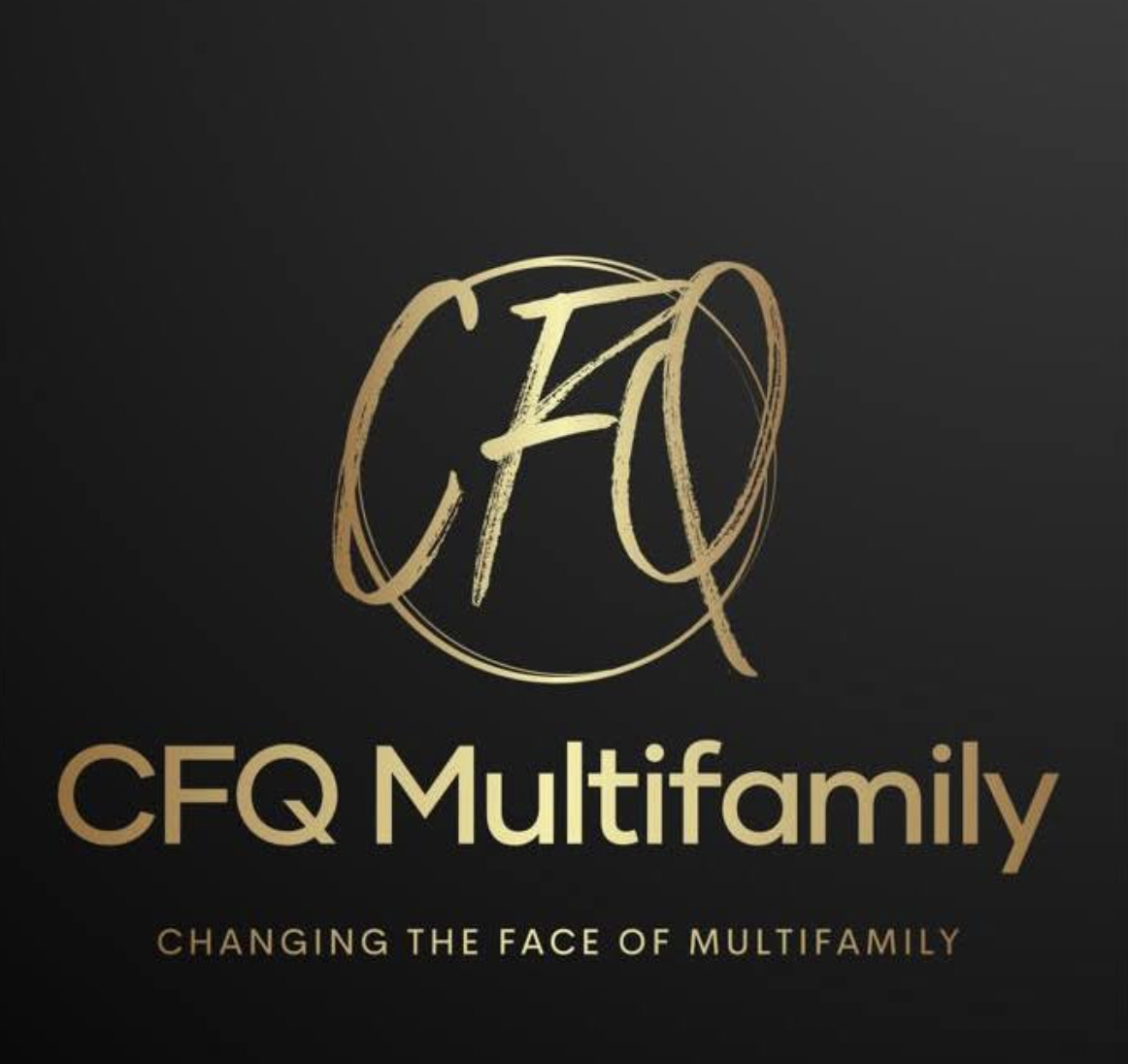Wealth and Legacy’s New Packaging: How women are Recognizing wealth Giving and Legacy Planning in a New Dimension

The emerging economic thump of women is probably one of the most important economic shifts for the last ten (10) years or so. Not only women are managing and garnering a rising amount of income, but they are also steering the economy itself by leading major corporations and instrumental economic players like the International Monetary Fund and the United States Federal Reserve.
To add, touching the worldwide economy, women are beginning to run novel businesses at a fast pace. In the United States alone, women were the majority owners of almost ten (10) a million businesses of all scales with more than eight and a half million employees about nine (9) years ago, based on a 2016 report by the Small Business Administration (“SBA”). These businesses obtained about One and a half-trillion dollars in sales. Another 2.5 million businesses were equally own by people of both genders, had 6.5 million employees, and recorded for another whopping 1.1 trillion dollars in terms of sales.
Paired with accumulated effects of fifty (50) years of increasing female contribution in the work industry, this translate to solid financial control and supremacy:
All over the globe, women held thirty (30) % of entire wealth controlled by families or individuals in 2015, up by a third in 2010; almost half had enhanced their wealth as independent entrepreneurs.
In the year 2020, women are anticipated to manage about seventy-two (72) trillion dollars, a third of all wealth, and up from 51 trillion dollars about six (6) years ago.
In this regard, the Economist Intelligence Unit (EIU) conducted a study of high net worth individuals with a million dollars or more in assets, sponsored by RBC Wealth Management. The survey catered to about 1,051 individuals; 549 are men and 502 are women in the United Kingdom, the United States, Asia, Canada, China Singapore, and Hong Kong. The results are insights and key findings in terms of a very wide and growing set of women who are essentially rethinking the meaning of wealth and giving and who are paving their legacies that will crucially affect the globe and the intergenerational responsibility that the next one will inherit.
Samples and Exhibits Utilized in the Survey Report
For this type of study, the EIU commissioned 1,051 people possessing 1 million dollar or more investable assets, specified not including their personal property and assets like collectibles, consumer durable, and primary residence. The western market comprises 79% of the sample. The remainder comprises Asia.
The generational breakdown was as follows:
- Women are on top of their wealth creation. One study emphasizes the increasingly prominent responsibility women are taking charge in the high net-worth class and suggests their influence is likely to continue to rise considering the number of women in the young age bracket who see an excellent chance to gain wealth.
Even though there are still a lot of high net-worth men as compared to women, the proportion of their wealth; women to men in the study, those possessing 5million dollars or more in assets is roughly similar. The ratio is 27% for men and 22% for women.
Millennial women which are born from 1981-2000 are going in the highest circles of asset ownership faster than older women. On the other hand, about 1/5 of Baby Boomer women that are born from 1946-1964 possess $5million or more in assets, while millennials come in at 1/3.
It is noteworthy that the share of men who think they had a lot of opportunities to obtain wealth than older people, 83% is only a bit higher as compared to the share of women saying the similar thing, pegged at 78%. Indeed, about 1/5 of women with 5 million dollars or more in investable assets are founders/owners of a business, entrepreneur, or self-employed, pegged around 16% of HNW women with lower investable assets. That is interrelated with the study that younger women more often than older women say they have acquired their wealth through business instead of inheritance. In comparison, more than half of baby boomer women stated that they inherited money while a little over 1/3 stated that they acquire their wealth through business.
Half of the millennial women created their wealth.
Exhibit 1. Opportunities to acquire wealth. A percentage of each group who chose each selection, women’s sense of where the opportunities lie for the generation of wealth differs in terms of age as well. While it is true that Baby boomer women specify opportunities and resources to succeed in the workplace as the secret to the acquisition of wealth, younger women pay close attention to resources that aid them in initializing successful business.
The topography of women’s wealth is so broad in the countries commissioned and varies in terms of levels of wealth. The latter, on the other hand, varies by geography, with the United States garnering the biggest share of women with between One million and five million dollars in investable assets.
Exhibit 2. Wealth Distribution.
- A lot of individuals are taking control of legacy and wealth decisions. As more and younger women generate more wealth, they are somehow asserting themselves as strong decision-makers over the entire realm of finance-related quandaries. One specific notable finding is that less than half of the boomer women say they are the household’s main caller of the shots in terms of financial planning. However, for Millennials, the figure increases to more than 1/3.
Meanwhile, the study/survey unraveled considerable variation on the wealth level. For every problem covered, from estate planning, wills, and succession, financial planning to charitable giving, women who possess more than $5 million in terms of investable assets. The difference is broad when it comes to financial planning, where about a third of these women report they are the main decision-maker, as compared with just half of HNW women. Given the share of millennial women possessing $5 million or more in investable assets, it is evident that youth is one primary reason for this finding.
Women also differ as to whom they depend on for advice in terms of wealth planning. More than half of HNW women say their partner or spouse has the most influence, while a little below half of the richest women approve. Younger individuals, though they just married as older people, will less likely say their spouse had solid influence in terms of acquiring their wealth as compared to baby boomers. So that is 41% vs 54%. Almost half of the men, in contrast, state their partner or spouse has the most influence in terms of their decision-making.
Also, children have become more essential influencers as women age: at about eleven (11) percent composing Boomers cited them, as compared to seven (7) percent of Millennials. By contrast, friends and peers, lessened in importance: about ten (10) percent of older women cited them. On the other hand, 10 percent of older women while 26% of younger women stated as well. The theory is that Boomers’ children are more likely to be adults.
Even though half of the Boomer women regard planners or financial advisors as vital influencers, as compared with almost 37% of Millennials, the more wealth women gather, the fewer influence advisors wield, the study proposes. Almost half of HNW women state they depend on a financial planner or advisor as compared with 42% of women possessing at least $5 million in investable properties. Meanwhile, 44% of men say the same. About more than a third of Millennial women are mainly decision-makers for financial planning.
Who is making decisions? Share of each class who are the main decision-maker in each category.
- Younger women defining wealth on a different level. Considering all the differences in HNWI’s sources of wealth and how they come up with decisions. What was noteworthy to emphasize is that few differences in genders are prevalent in how they describe and give meaning to life goals or wealth at a worldwide level; though there are notable differences in terms of age. The majority of the time, HNWIs regard wealth as independence and financial security, selected by 62%, or entire financial asset value, selected by more than half. The only significant difference between male and female HNWI is in how they describe wealth is that almost 40% of women include preparedness for the future in their characterization, as compared to just 30% of men. It is also outstanding that female and male business owners are hitting equal in terms of how often they include the entire value of their business, the economic implication of their business in the communities where they are situated and operating as well as the ability to come up with change using corporate giving as part and parcel of how they describe wealth.
As on a lot of other issues, senior HNWIs possess a different description of wealth as compared to younger individuals. As on a lot of other issues, older HNWIs have a different description of wealth as compared to younger ones, with about 67% of Boomer women, for example, paying close attention to financial security compared with just a little bit half of millennial women. Having said that, it is noteworthy that across all classes of age groups HNW men and women share the same life objectives, most often enhancing their physical and mental well-being, strengthening their relationship with relatives and families, enhancing their wealth, and paving a path to wealth for their children and the future. They also experience similar challenges to meeting those goals predict tomorrow, as stated by half of the men and about 48% of women. They may, in huge part be since men and women in the study possess a lot of background similarities. Nearly about equal in terms of percentage are living as married, or married; 85% of men and 82% of women, respectively. These individuals are business owners or previous business owners, business consultants, professionals, and executives.
Exhibit 4: The true meaning of “wealth”. Equal shares of women and men, about 63%, also anticipate to come up with some kind of significant impact on the world with their wealth as compared to previous generations. But, some significant differences are outward between male and female HNWIs in terms of the responsibility and direction of society to contribute to it. Say, 61% of Boomer women agree society has turned to be a lot inclusive while 61% of men and 72% of younger women still say the same.
About two-thirds of women believe they possess more occasion to discuss societal issues using impact investing, as compared with 56% of men. Among selected business owners, 72% of the women agree in terms of the importance of their business in coming up with a positive charitable community impact, and about 71%, the positive economic impact. The percentage for men are 65 and 67, respectively.
A lot of millennial women than Boomers anticipate the following generation will gain more wealth than they have, with men overall landing in the middle, pegged at 57%. The majority of women of all ages, 92% state they have confidence that the next generation will possess opportunities at a higher rate to own a business. But, although a majority of HNWIs who own and operate business would like to pass them on to their heirs, they are one with facing a serious challenge in persuading their heirs to take over an already founded business instead of working 8-5 in the corporate world or initializing their own business.
- Younger women giving back through spending, investing, and a lot more. Very few HNW women and men, pegged at 4% say they do not have sufficient wealth to give to charity at this point. Among the majority that is sharing, their main preferences and influences are the same but they vary among generations. And there is even a wider array in How HNW people coming from different generations decide where to share and how they regard giving; all factors to consider to legacy and wealth planning as well as the charitable giving itself.
It is also noteworthy that women, more often than the other gender, state that the ability to come up with the greatest impact and specifically measure such impact influences they are giving. 29% vs 26 pay attention to the greatest impact while 17% vs. 11% pay close attention to measurement. Also, significant differences in generations manifest. 44% of HNW Boomer women state that they do not mind the results as compared with 20% of the Millennials and 27% of men. This may emulate a generational gap in how hand-son individuals chose to be with their charitable giving. Older women barely depend on social media or even traditional media commentary/coverage to assess their sharing as compared to younger men or women. But, anecdotal and formal feedback from the recognition and recipient from family are among the top indicators that all three classes; Millennial women and men, Boomer utilize to assess the impact of their giving. There are also generational gaps in how they assess where to give. Millennials often say the ability to come up with the greatest impact about a third, while both Boomer and men prioritize the significance and bearing of the recipient to themselves. On the other hand, tax benefits appear far lower on the list of the millennials priority list at about 19% and are cited by more Boomer women and men at about 29% and 25%, respectively.
Relative to how they give, younger women at about 39% more often align their investments with giving goals. For example, using impact investing, then either adult women pegged at 24% or men at 26%. Younger women also see impact investing as a form of charity, with about 70% consenting; as compared with 52% of Boomer women and 47% of men.
The same pattern shows up among women business owners. In its entirety, they are more concerned than men about the non-financial impact of their wealth. The more often say it is imperative to them to secure the livelihood of their employees as well as their relatives and families. And that their business possesses a charitable impact on the communities by which it moves, pegged at 72% vs. 65%.
- Women describing legacy coupled with social attention. If millennials will pave the future, then increasing the confidence of women in their capability to preserve and accumulate wealth is pointing them on a more idealistic path by which they prioritize charitable giving, integrate, and align their legacy goals coupled with their investments. For example, using impact investing, and create social obligations bigger attention of their legacy planning.
Millennial women agree they have a larger opportunity to discuss social issues that personally entice them: 83% compared at 65% of older women and 66% of men. They are more often as older women agree they possess an obligation to transfer wealth to the next generation which is 65% vs. 55%. And the majority of them more often say they possess a personal responsibility in utilizing their wealth to benefit the wider community, 65% compared with 52% of older women. Also, they have the chance to discuss societal issues particularly through investing, pegged at 76% compared with 59%.
In that regard, it is oddly surprising that Millennials as compared to Boomers specify their legacy goals from their parents’ goals: 81% of millennial men and 69% of women state they describe their legacy separately from their parents as compared with 58% of Both Boomer women and men.
Another noteworthy difference in gender: Women will often say societal causes have become a lot essential as compared to accumulation of wealth in defining a legacy, with 62% of women agreeing as compared with 53% of men. This implies that as women garner bigger assets, they may turn more capital toward social projects and charitable giving, even at the cost of abundant wealth in the future. Although engagement of younger women as regards impact investing may blunt any reduction in the accumulation of wealth.
When HNWIs assess and plan their legacies, noticeable gender differences arise. While both genders, by huge majorities, regard wealth as the major enabler of their legacy, the amount becomes overwhelming for Millennial men, pegged at 91%, far ahead of millennial women. In the same vein, when asked if they have more opportunity to create a legacy other than previous generations. 75% of all women, old and young, and Boomer men agree, but for Millennial men, the figure increases to 83%. Also, women say by more than 2/3, that they are acting now with their legacy in mind. But here again, millennial men posted an especially high figure of 79%. This may imply that men are still more likely even as compared to younger women to witness their careers and wealth-building activities as making a lasting legacy.
But, women increasingly are moving in their direction: 85% of Millennial women agree that it is imperative to come up with a foundation to describe their legacy for their family and future generations as well, as compared with ¾ of Boomer Women. But, younger and older women agree that it is important to bring into line their wealth plans they want to leave, pegged at 83% and 85%, respectively. Overpoweringly, they also agree that they are in control in terms of their legacy.
Lastly, the survey revealed some significant differences between how individuals plan to steer their legacy. 41% of Boomer women anticipate giving their wealth to their children, fare more than the Millennial women pegged at 15%. While for all men, leaving wealth to their children and spouse are pegged at 35% to spouses and 31% to children. Both genders are expected to come up with modest provisions destined for extended families. Older women expect to share a portion to charitable targets like the community in which they do business, endowments, or foundations, or employees.
Conclusion. Women not only control and won larger wealth as compared before, but they are also changing the direction of wealth management and the goals of wealth creation. Meanwhile, HNW millennial women, specifically, are taking new heights and paths. To add, while a lot of women still feel some of the usual gender constraints, specifically as decision-makers, the survey proposes that the younger they are, the more wealth they can obtain, the less these apply. The scenario that emulates is of high net-worth women who regularly begin and operate the business and who direct their wealth building. The more assets they acquire, the more they control and direct their legacy and wealth planning themselves. In turn, their influence will be left.
WE ARE LOOKING FOR MORE INVESTORS LIKE YOU PLEASE HIT THE forward button ABOVE to quickly
send to a friend who can benefit from our strategic, forward-thinking strategies and investments.
Our Ideal investors are usually one of these individuals:
- Ultimate passive investors
- Women with 1031 exchange over 500k
- High Net Worth individuals
- Doctors
- Dentists
- Engineers
- Individuals who worked for a major company for over Ten (10) Years
- Real estate brokers/agents
- Female Athletes
- Agie Women
- Women CEO/Founder
- Socialites/society
- Dutchess/heiress
- Individuals with pension fund
- Endowments
- Women-owned family offices or offices/funds that support the social initiative to teach financial literacy to women
- Angel investors supporting women
Take the QUALIFYING QUIZ NOW!
To be qualified for our next investment Let me give you our investor quiz so you’ll be put on the list for events and deals
You can find my form “The Apartment Queen™ Investor Questionnaire” at https://form.jotform.com/200207883604451
Kaylee McMahon
Apartment investor/TREC Brokerage, LLC Owner
C: 469-990-4627 (text or call)
IG: The Apartment Queen
[1] Percentage of women in each category in each country or region






